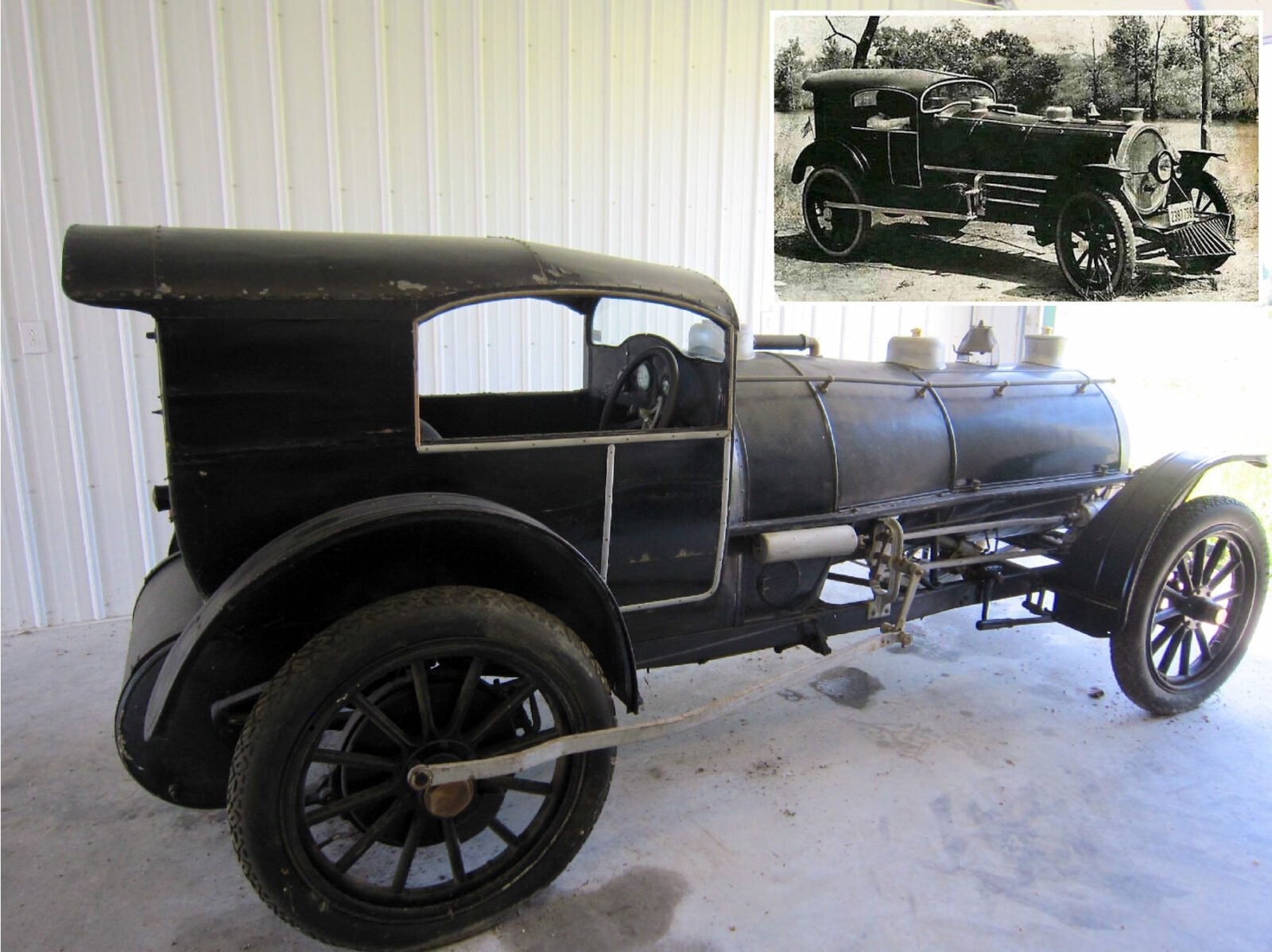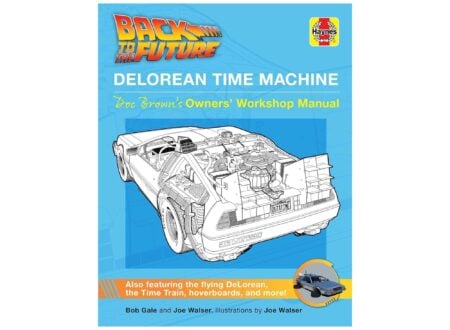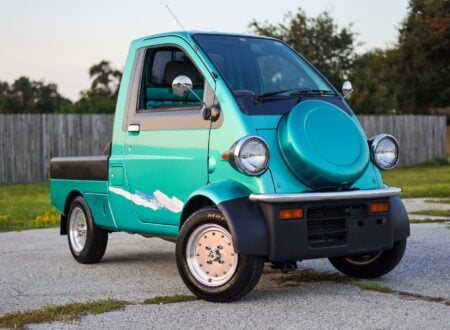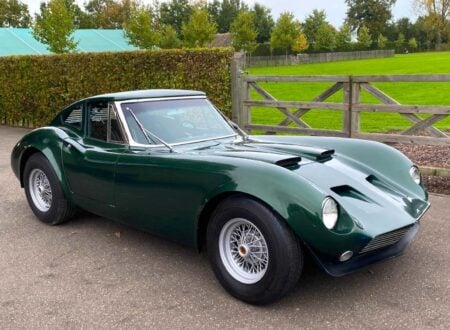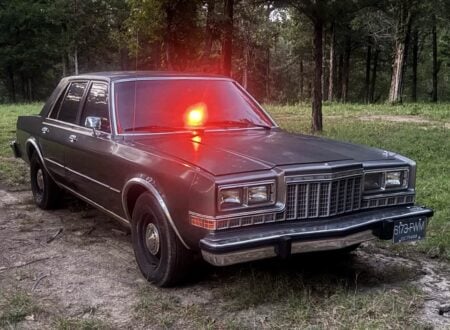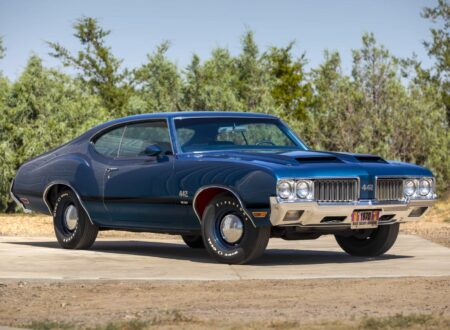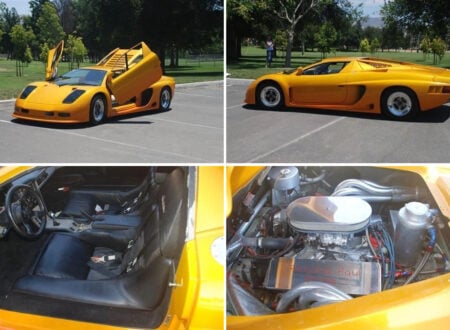This is the 1902 Sterand Loco, you may never have seen it before because this is the only one that was ever made, and it’s lived in relative obscurity until now. It’s a 121 year old two-seat locomotive-automobile and it’s currently for sale for $260,000 USD.
Although it looks every part the steam train, the Sterand Loco is actually powered by a four-cylinder Rutenber gasoline engine that produces either 15.6 hp or 40 hp depending on who you listen to. The speedometer goes up to 60 mph, which would have been considered very quick indeed back in 1902.
Fast Facts – The 1902 Sterand Loco
- The 1902 Sterand Loco was developed around the turn of the 20th century, very early in this history of the automobile. It was designed as a promotional vehicle for the Chicago Solder Company, which produced flux-cored solder, a vital product as the USA rapidly adopted electricity.
- The vehicle is powered by an inline-four cylinder gasoline engine, it’s a liquid-cooled design that used the inlet-over-exhaust design that was so common in the first part of the century. The engine produces a claimed 40 hp, and power is sent to the rear wheels via a two-speed gearbox (with reverse). A vintage postcard says that the engine makes 15.6 hp, which is more realistic by the engineering standards of 1902.
- Interestingly, the Rutenber Motor Company is said to have produced the first inline-four cylinder engine design in US history. They started out before 1900 with a single-cylinder engine, they then developed an inline-four and an inline-six which they supplied to automotive and truck manufacturers across the country.
- The Sterand Loco was built by the Western Motor Company (formerly Rutenber) of Marion, Indiana in 1902 for the Chicago Solder Company, likely as a promotional vehicle. It’s now being offered for sale out of the United States with an asking price of $260,000 USD.
The Rutenber Motor Company
The Rutenber Motor Company was founded by Edward Rutenber in 1896 to commercially manufacture his engine designs, which initially included a single-cylinder stationary engine and America’s first inline-four cylinder gasoline engine.
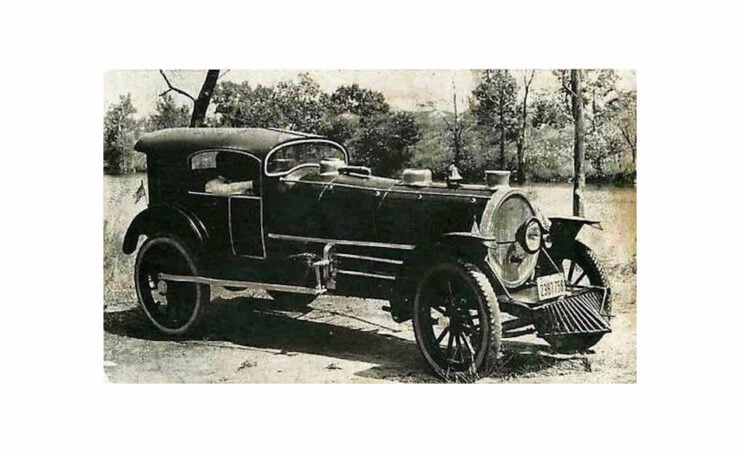

Although Rutenber did experiment with making some automobiles in-house the company soon abandoned the project to focus on their bread and butter business – building engines for American automakers which were springing up from coast to coast.
Rutenber engines were used in a wide array of vehicles including those from American, Burg, Glide, Halladay, Jewel, Lexington, Luverne, Nyberg, Roamer, Stoddard-Dayton, Moon, and Westcott. Perhaps the most famous Rutenber-powered car was the a Stoddard-Dayton which won the Indianapolis 500 in 1909 – helping to establish the stellar reputation of Rutenber in the process.
Over time Edward Rutenber and his engineering team had developed a number of different inline-four and inline-six cylinder gasoline engines for use in automobiles and trucks. Their designs were copied broadly, and it’s said that many elements that first appeared on Rutenber engines later became commonplace.
In 1902 the company had been renamed the Western Motor Company and they moved to Logansport, Indiana however many still referred to the company as Rutenber, and the name was still cast into their engine blocks.
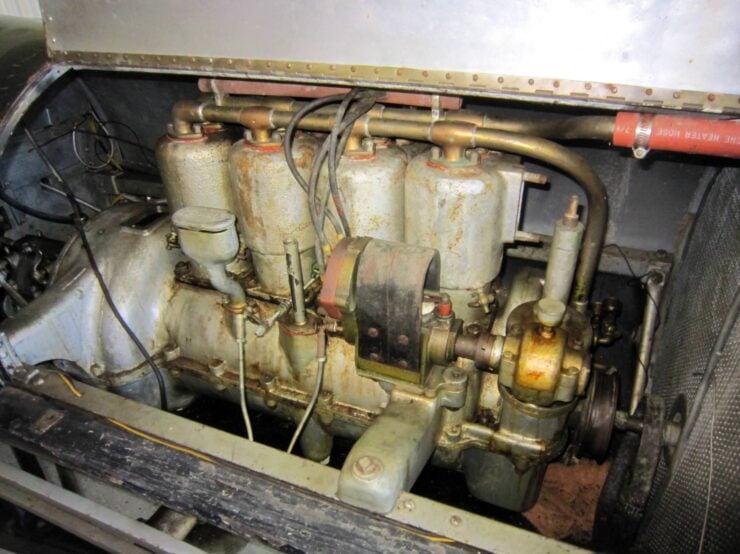

1902 would be the same year that they would build what was arguably their most unusual creation – the 1902 Sterand Loco.
In 1926 the Roamer Motor Car Company bought the Western Motor Company, ultimately they both shut down in 1933 due to the strain of The Great Depression, an economic downturn that killed off the majority of American automobile and motorcycle manufacturers, leaving just a few survivors.
Interestingly, Edward Rutenber went on to become an inventor of many household electrical appliances including the Marion Flip Flop Toaster, the Marion Giant Flip Flop Toaster, as well as a number of ranges, irons, grills, toasters, fans, and more.
The 1902 Sterand Loco
The car you see here is a bit of a historical curiosity. It’s an entirely custom-built automobile that was made in 1902, we don’t know what specific chassis was used however it could have been any number of longer wheelbase frames from the era.
The vehicle is described as having a number of locomotive features including that front cow catcher, a bell, a single cyclops headlight, a steam stack and sand dome, and an 8 Day penny rim wind clock.
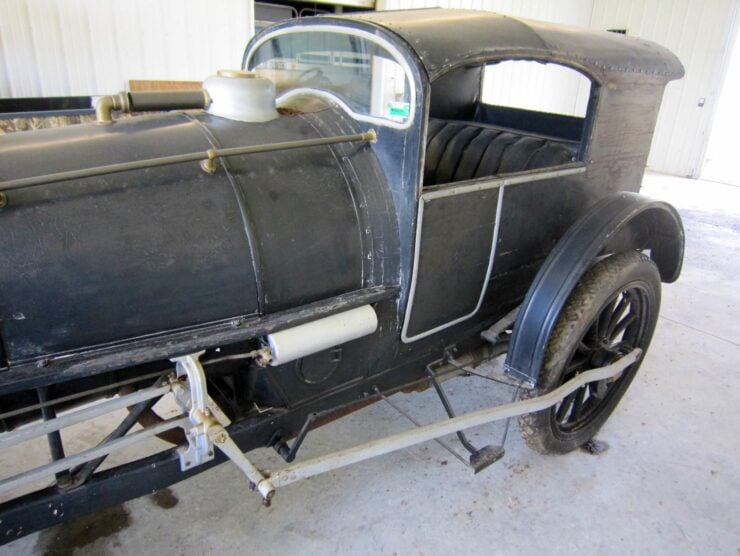

Although it looks like a steam locomotive it’s actually powered by a 40 hp (or 15.6 hp) Rutenber gasoline engine, a liquid-cooled model that an attached air-compressor of operating the steam whistle and for inflating the tires. This possibly makes it the first automobile in history with a built-in air compressor, a feature now commonplace on many modern 4x4s.
Power is sent to the rear wheels via two-speed transmission, manual of course, and it had a reverse gear. Inside the cab there’s seating for two and interestingly the steering wheel is on the right hand side.
The engine is accessed by opening the side of the “boiler” and there are non-functional drive rods attached to the rear wheels that move back and forth as the car moves along, further adding to the locomotive illusion.
The Sterand Loco is said to have been built for the Chicago Solder Company as a promotional vehicle, and there can be little doubt that the vehicle attracted an enormous amount of attention wherever it went.


It’s now clearly in well-worn condition, though it does have just 12,000 miles showing on the odometer. We can’t independently verify the age of the vehicle and information is scarce, so as always it’s critically important to do your own research and due diligence before any offers are made or bids placed.
Given the age of the vehicle it’s likely possible to get it registered for road use once again, however to reiterate what was said above, this would need to be independently confirmed. If you’re looking for a highly-unusual antique automobile there are few more eye-catching than this, though the $260,000 USD asking price may give some pause for thought.
If you’d like to read more about the 1902 Sterand Loco or make them an offer you can visit the listing here on Car & Classic. It’s being sold out of the USA and it’s said to have had just three owners since new.
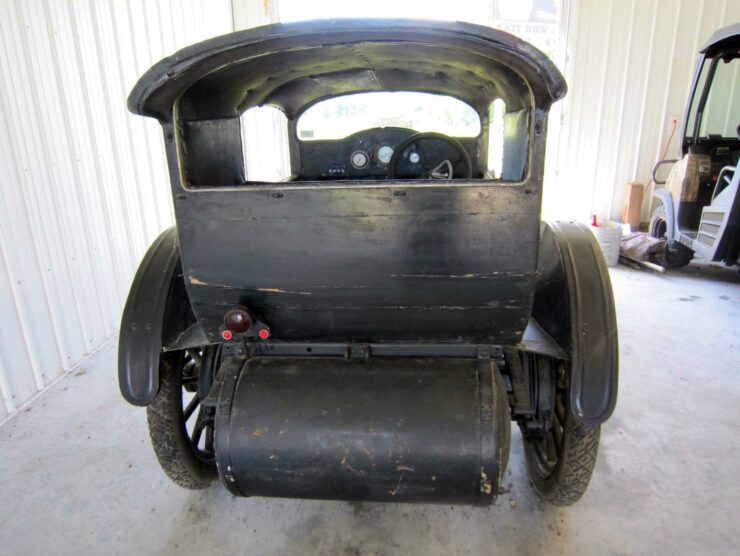
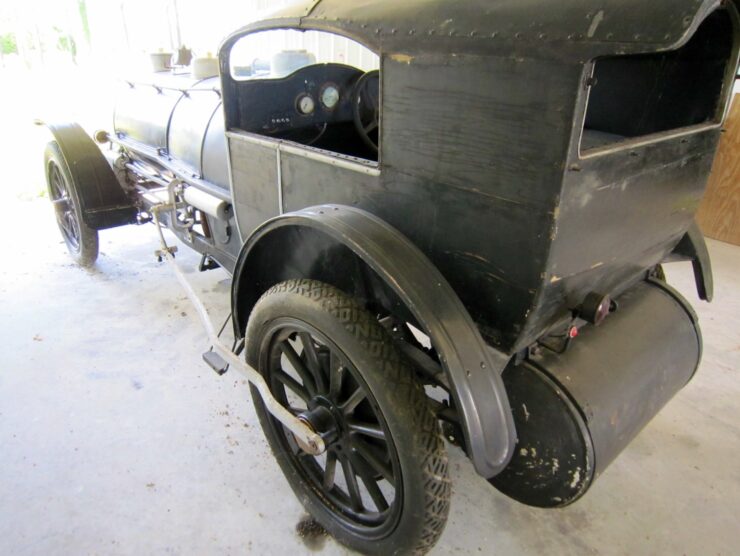
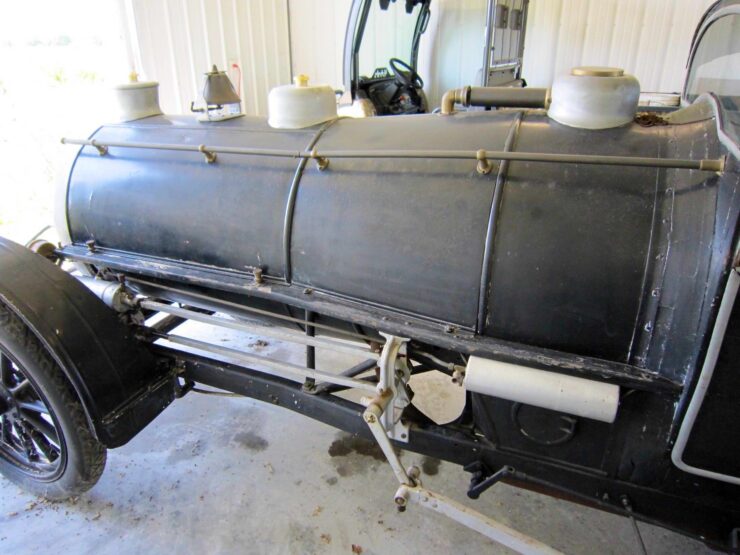
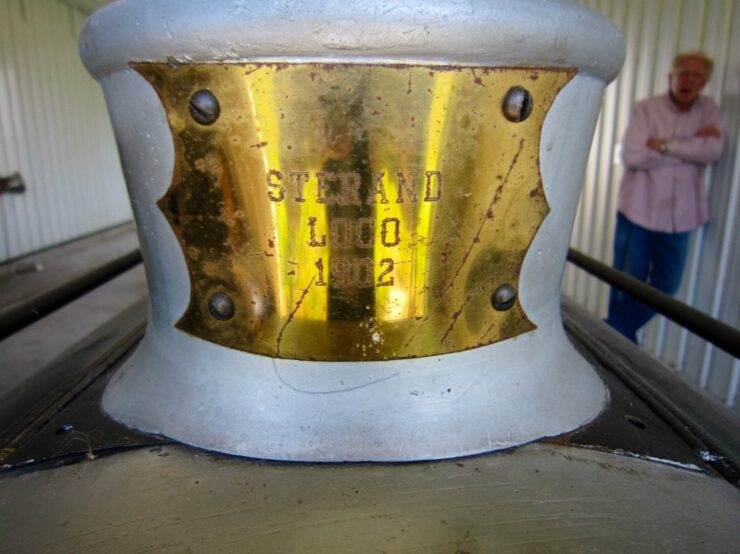
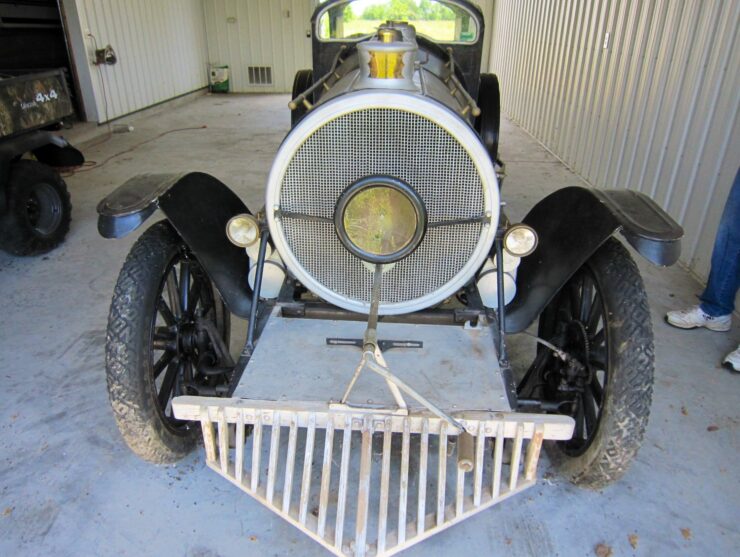
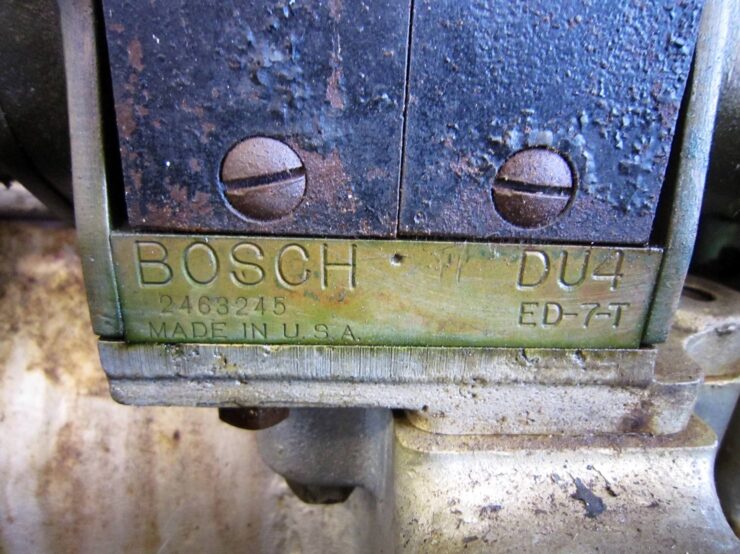
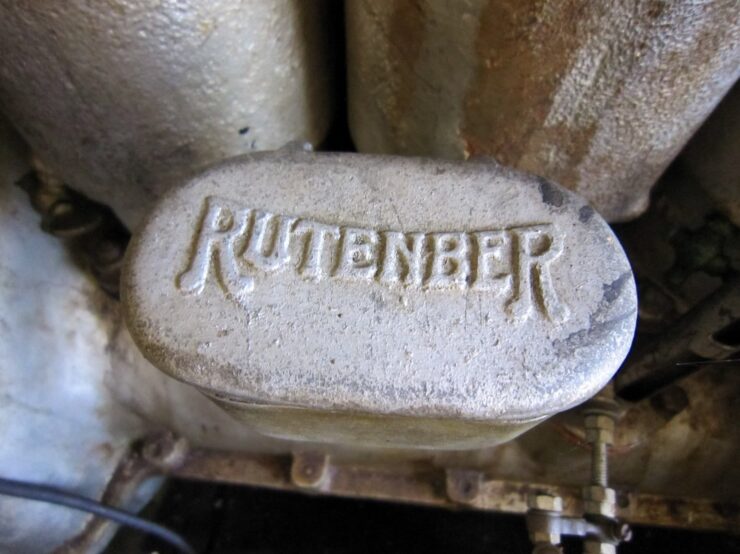
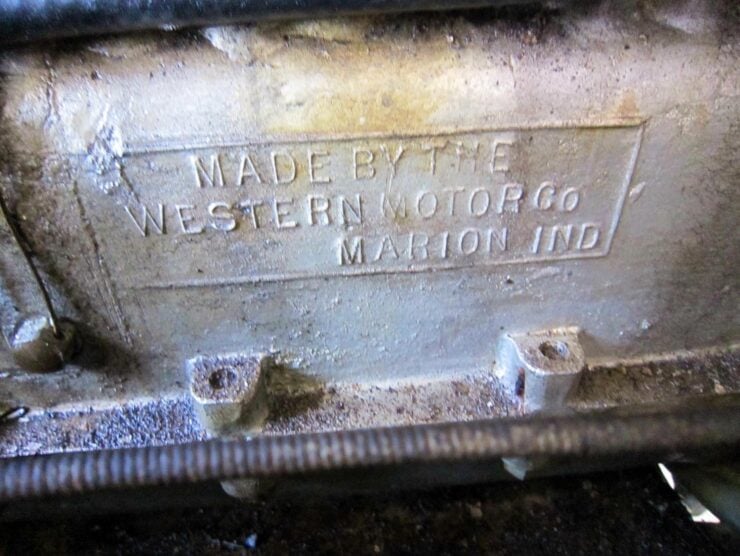
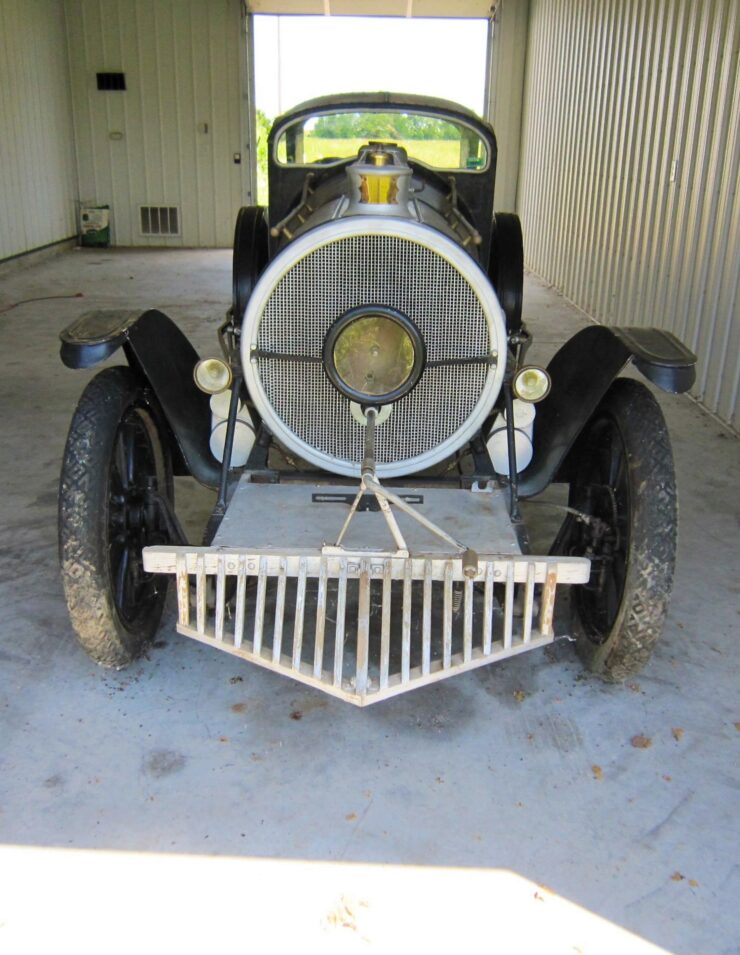
Images courtesy of Car & Classic

